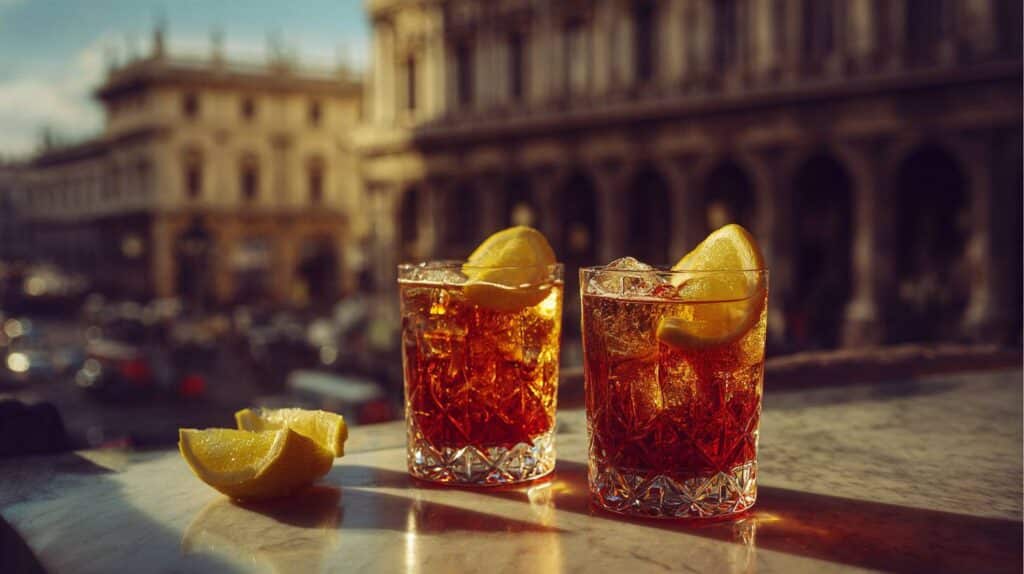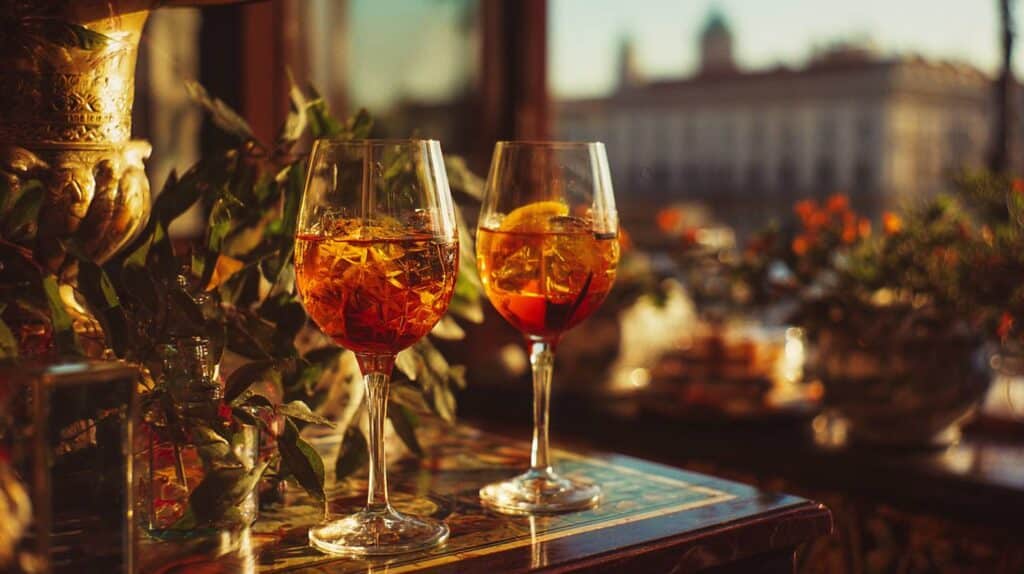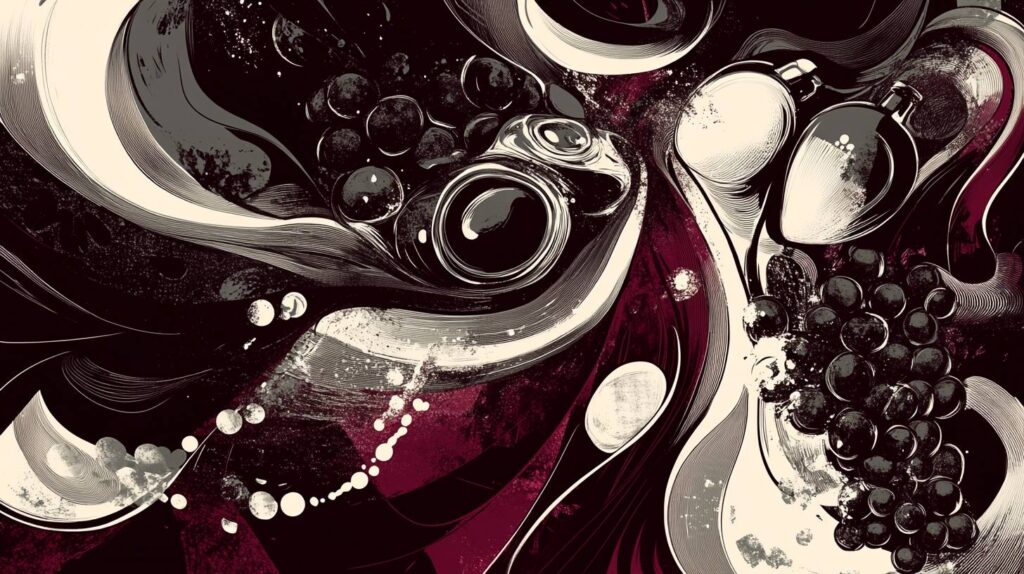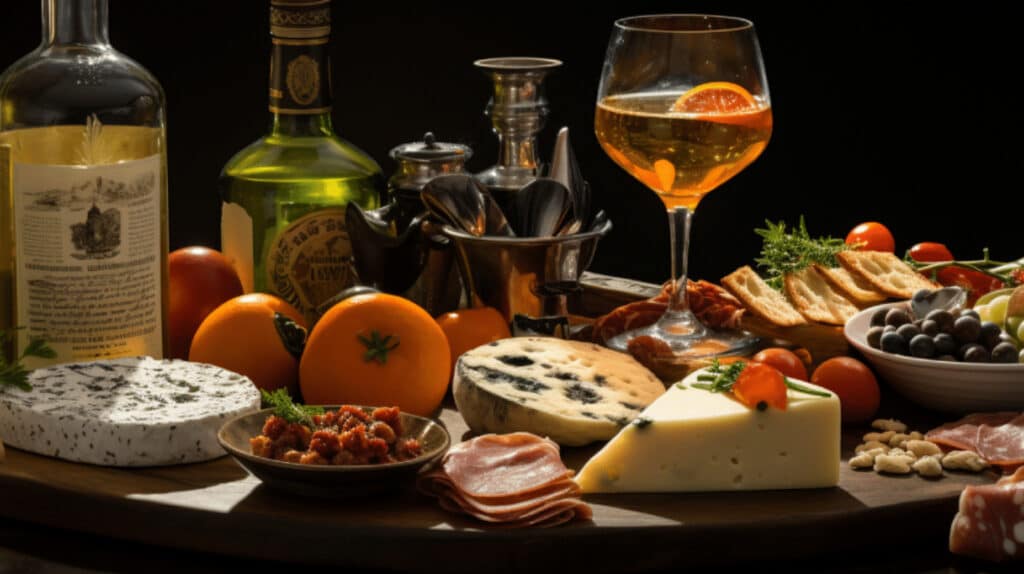The Classical Dichotomy: Dry and Sweet Vermouth
Vermouth, an essential component in iconic cocktails like Martini, Negroni, and Manhattan, has often been overshadowed by the likes of gin, bourbon, and whiskey. Yet, this intriguing beverage is now making a comeback, enticing enthusiasts with its diverse styles and flavors1. This article aims to delve into the various vermouth styles, shedding light on the unique characteristics that define each style and contribute to vermouth’s growing popularity.
The Spectrum of Vermouth Styles : Beyond the Classics
The vermouth styles spectrum has expanded beyond the classical dichotomy. The range now includes extra-dry white, sweet white (bianco, blanc), red (rosso, rouge, roux), amber (ambrato, ambre), and rosé styles. Sweet vermouths typically contain 90-130g/l of sugar, while dry vermouths don’t exceed 50g/l, exhibiting a lighter texture3. Additionally, newer styles like golden vermouth (d’Oro) and rosé style (Rosato) have emerged, reflecting the evolving palate of vermouth aficionados4.
The Making of Vermouth: From Grapes to Glass
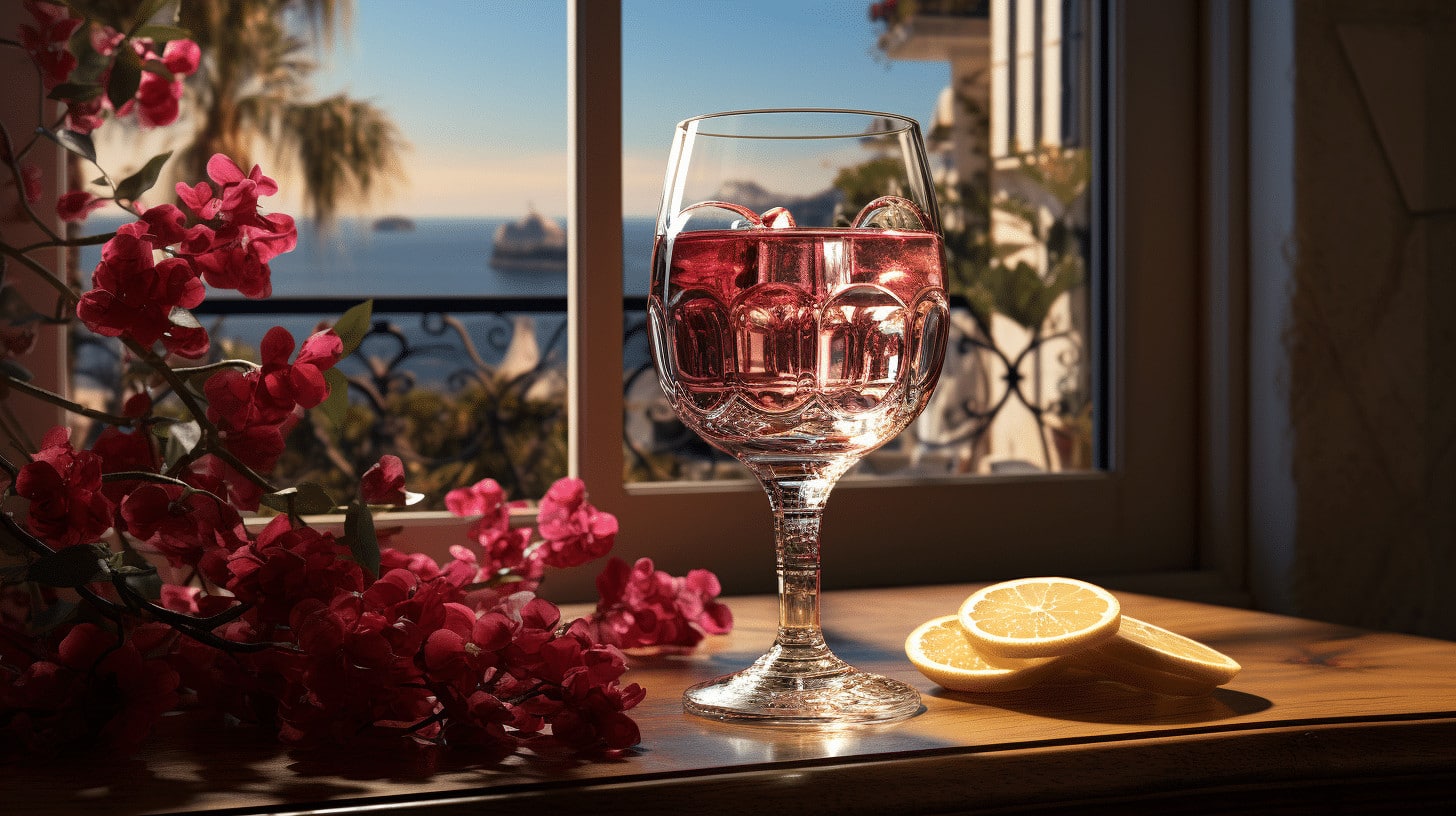
Vermouth’s unique taste profile is a result of its base of neutral grape wine or unfermented wine must, which is then aromatized with a myriad of botanicals.
The modern-day vermouth industry has responded to demand and competition by introducing additional styles, further enriching the vermouth landscape5.
Exploring Vermouth Styles through the Lens of Video
A visual exploration can often provide a richer understanding. This video titled “Exploring Vermouth – What’s the difference?” delves into the flavors and types of Vermouth, offering a brief yet insightful glimpse into this historic spirit.
How does the production process contribute to the distinct flavors of different vermouth styles?
The production of vermouth involves several critical steps, each contributing to the distinct flavors associated with different vermouth styles:
- Base Wine Selection: Vermouth starts with a base of neutral grape wine. The choice of grapes and the wine’s quality significantly affect the final flavor.
- Botanical Infusion: A complex mixture of botanicals, herbs, and spices is infused into the wine. The choice and proportion of these botanicals, which can include wormwood, citrus peels, and cinnamon among others, are crucial for developing the vermouth’s flavor profile.
- Sweetening: Vermouth styles are often distinguished by their level of sweetness, achieved by adding sugar or other sweetening agents.
- Aging: Some vermouths are aged in wooden casks, where they acquire additional flavors and a more rounded profile.
- Filtration and Fortification: Finally, the vermouth is filtered, and alcohol may be added to achieve the desired level of fortification, which also preserves the vermouth.
Each of these steps can be tailored to create the diverse range of vermouth styles available today, from dry and bitter to sweet and aromatic.
How has the perception of Vermouth changed over the years among cocktail enthusiasts and bartenders?
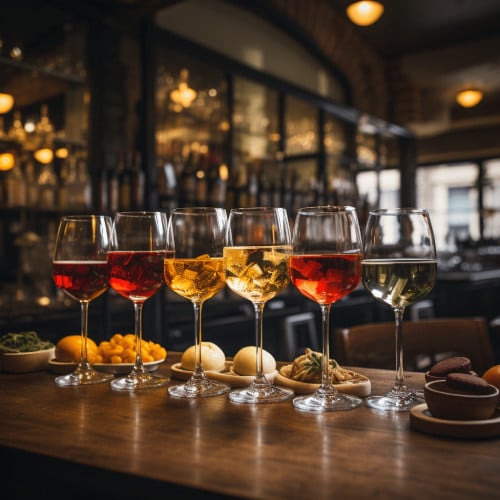
The perception of vermouth has evolved significantly over the years. Once overshadowed by other spirits, vermouth is now appreciated for its versatility and complex flavor profile, especially among cocktail enthusiasts and bartenders.
Its resurgence has led to a deeper exploration of its different styles, each bringing a unique essence to cocktail creations.
This renewed interest has not only elevated vermouth’s status but has also encouraged a culture of experimentation, leading to a renaissance of classic cocktails and the birth of new concoctions.
How have contemporary vermouth producers adapted to the changing tastes and preferences of the market?
Contemporary vermouth producers have adapted to market changes by diversifying their product lines to include a wider range of styles and flavors. They’ve also engaged in marketing campaigns to educate consumers and bartenders on the versatility and rich history of vermouth. Additionally, some producers have embraced organic and natural production methods to cater to a growing demand for sustainably produced beverages.



